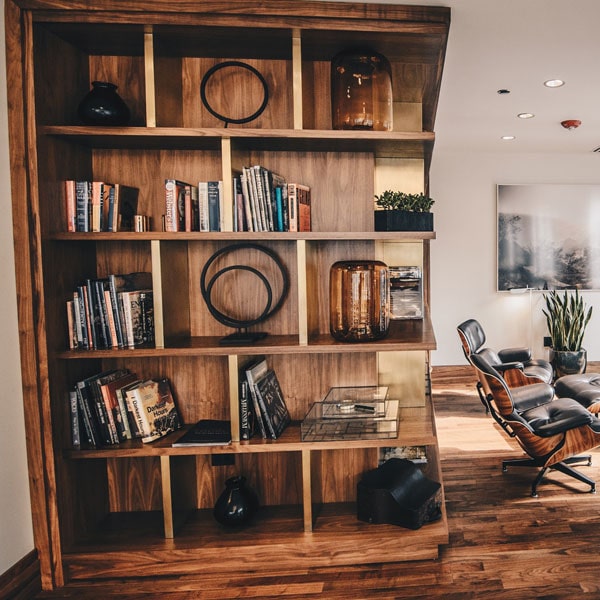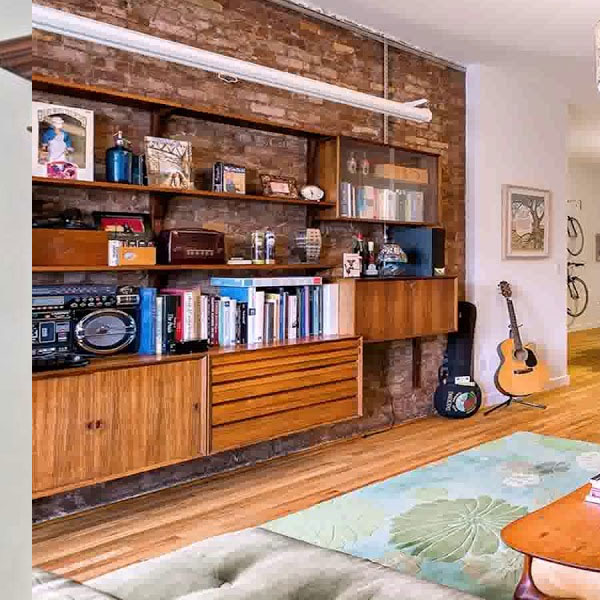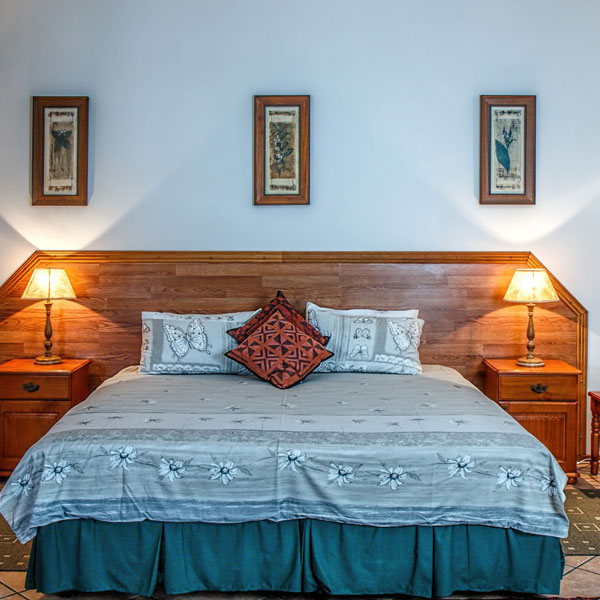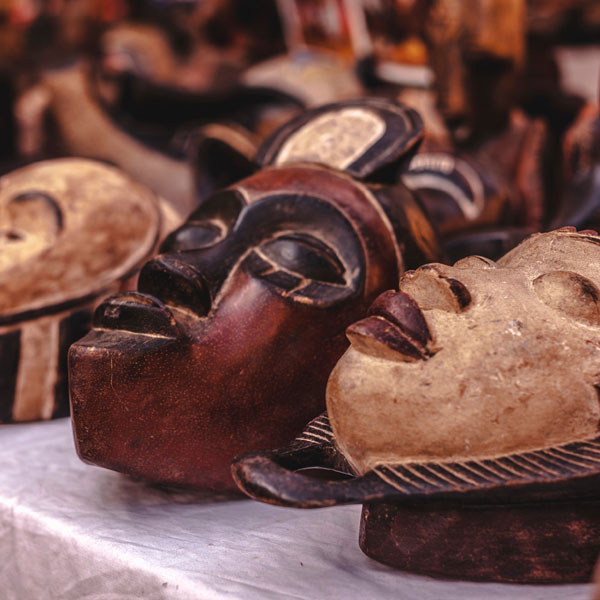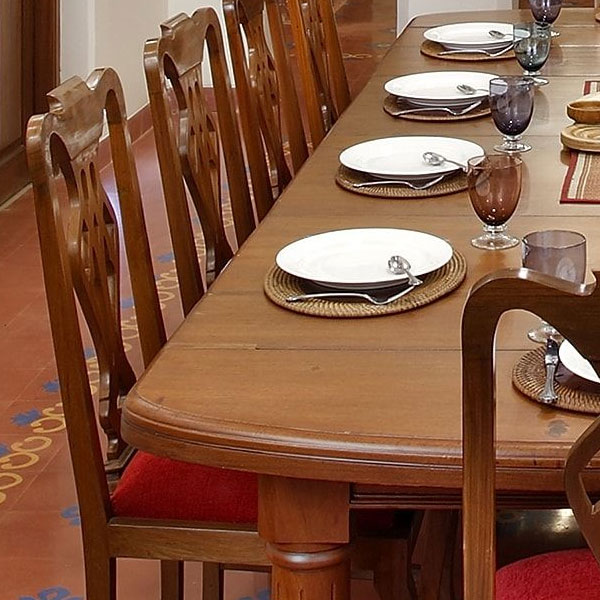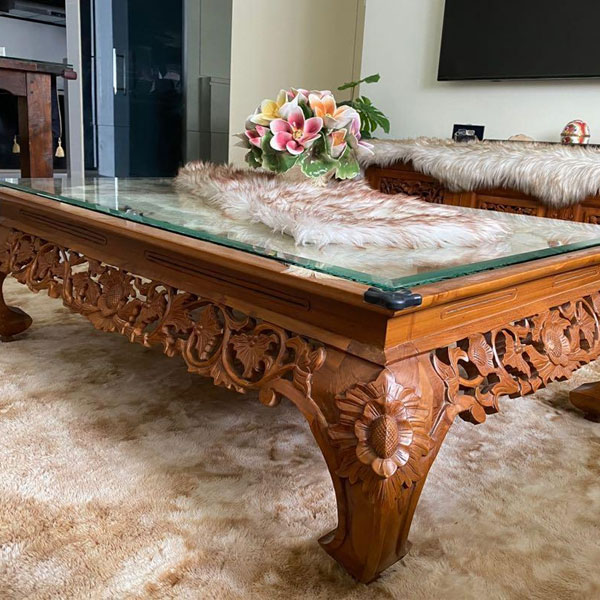
What is Latin/Plantation Teak Wood?
The term “plantation teak,” also known as Latin American teak,” refers to teak trees grown in South America. Its development period is 10 to 20 years, and as a result, it has less natural teak oils as compared to African Teak. In terms of quality, color, the presence of natural teak oil, and how the wood grains are arranged, it is comparable to African teak wood. These two types of teak wood are difficult to distinguish, according to teak wood dealers in India.
Plantations, or Latin Teak, are grown and harvested more quickly. Plantation teak can be grown in tropical climates all over the world, making shipping to neighboring countries easier and more environmentally friendly, according to the best teak wood suppliers in India. With teak plantations, emissions can be decreased, and teak can be grown in many different nations, allowing for the production of high-quality products rather than those being sent around the world by a single location.
Workability
Cutting and shaping it are simple. It has good working qualities, and is the best selling product from wood suppliers in India. However, the quality suffers as a result of the rapid development and harvesting, which may also have an impact on the density of the wood. Because of their rapid growth, latin or plantation teak boards are more prone to breaking and distorting. This type of teak has a higher proportion of lower branches, which, in spite of trimming, results in pin knots that exacerbate flaws and slope of grain problems and reduce stability.
Sustainability
Many countries, according to teak wood suppliers in India, have developed programs to guarantee the ethical and sustainable management of teak plantations, including the Indonesian government. These have been put in place to support biodiversity, the well-being of these woods, and the high standard of living for the plantation’s employees.
Common Uses
Our selection of plantation teak wood includes:
- No knots or breaks; clear
- Materials in KD and Non-KD are available.
- Common dimensions are length (6 feet and up), width (3 inches and up), and thickness (1.5 inch & up)
- On request, more dimensions are available.
- Additionally, we supply Latin American teak round & rough logs as well.
- Source: Latin America (Brazil, Ecuador, Costa-Rica, Panama & Colombia.)

